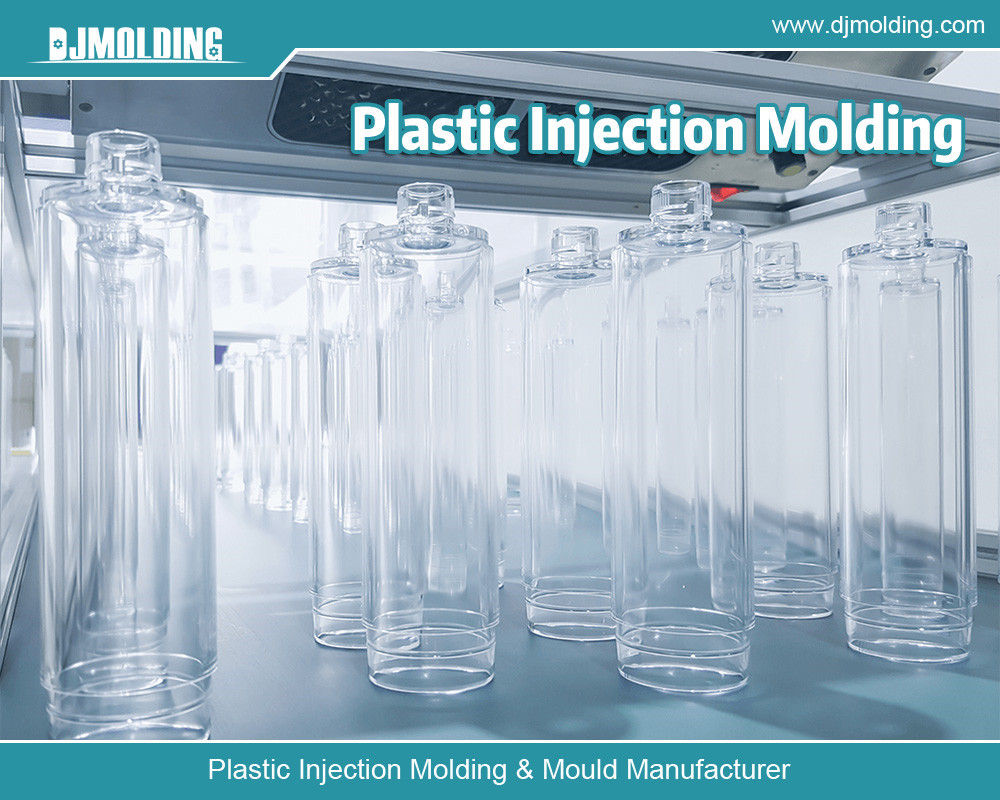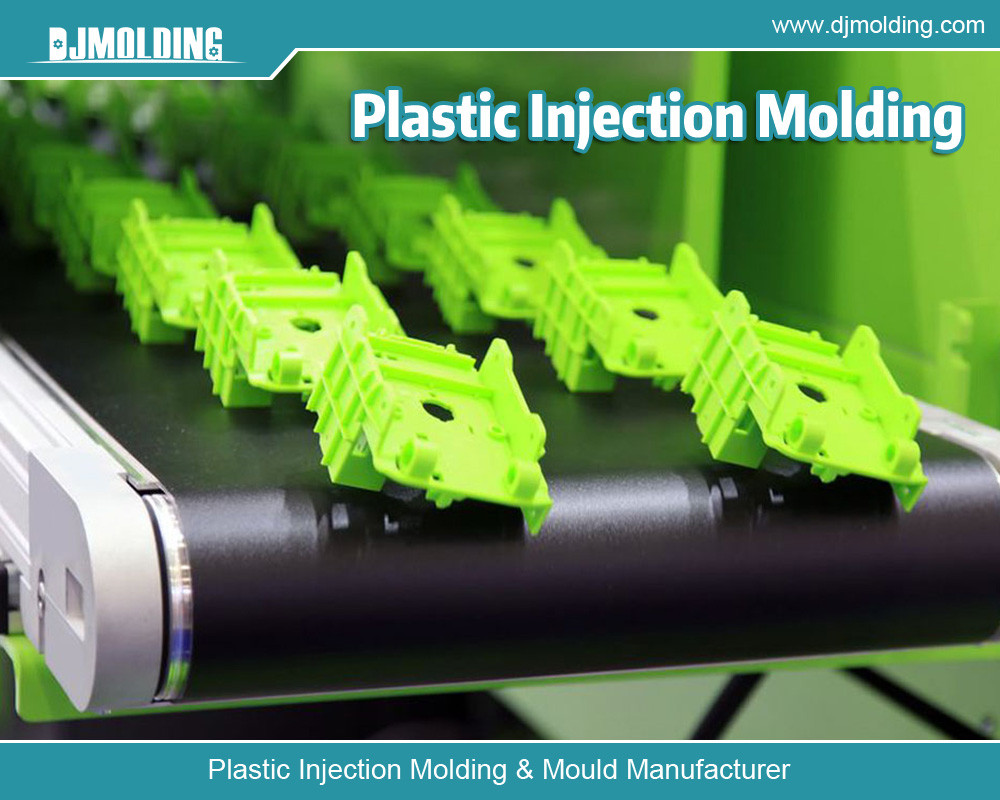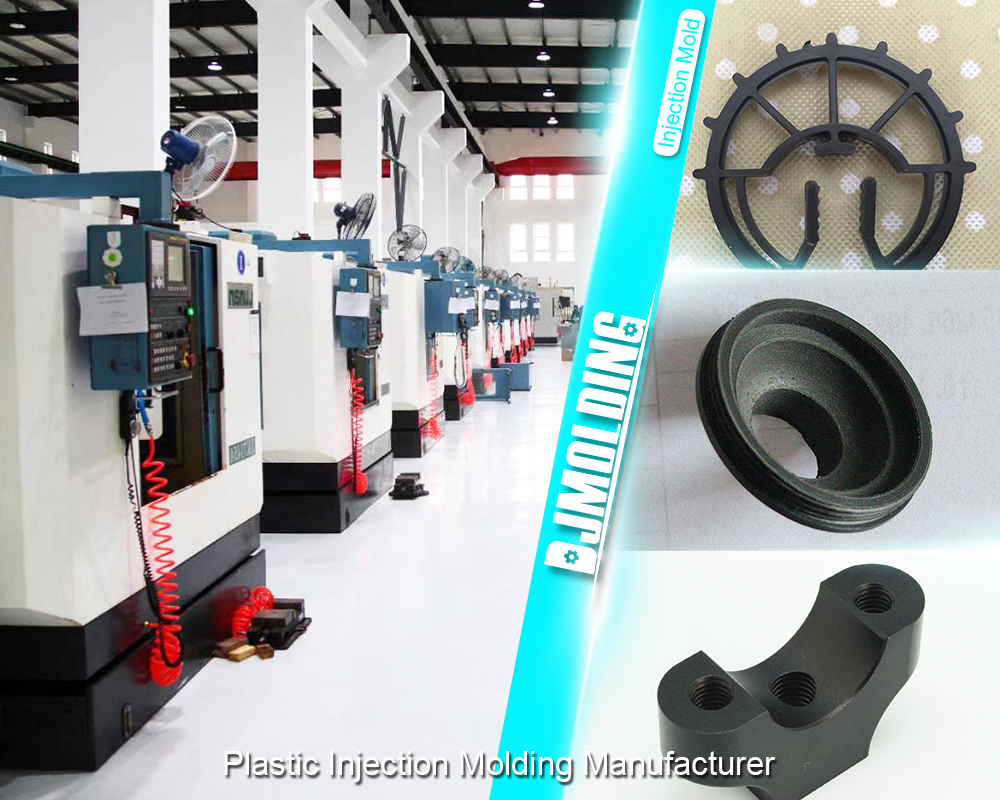Nylon Injection Molding: A Comprehensive Guide
Nylon Injection Molding: A Comprehensive Guide
Nylon injection molding is a popular manufacturing process that leverages nylon’s unique properties—a versatile, durable, and cost-effective thermoplastic. Commonly used in the automotive, electrical, consumer goods, and industrial sectors, nylon parts are found in countless products, from gears to connectors and textiles to appliance components. This guide delves into the intricacies of nylon injection molding, covering everything from the basics of nylon as a material to the specific processes and considerations involved in molding nylon parts.
Table of Contents
- Introduction to Nylon
- Nylon Injection Molding Process
- Benefits of Using Nylon for Injection Molding
- Challenges in Nylon Injection Molding
- Applications of Nylon Injection Molded Parts
- Future Trends and Developments in Nylon Molding Technology

Introduction to Nylon
Nylon is a synthetic thermoplastic polyamide known for its high mechanical strength, toughness, and thermal stability. Invented in the 1930s, nylon has become one of the most versatile materials in the polymer industry. Due to its favorable properties, nylon is used extensively in manufacturing for applications requiring durability, flexibility, and chemical resistance.
Nylon polymers come in various grades, each with specific characteristics, such as Nylon 6, Nylon 6/6, and Nylon 12. Each type of nylon has distinct features:
- Nylon 6 and 6/6 are among the most commonly used types, prized for their tensile strength, abrasion resistance, and ability to withstand high temperatures.
- Nylon 12 is often preferred for applications requiring low moisture absorption, flexibility, and good impact resistance.
Nylon is frequently used as a molding material due to its:
- Mechanical strength and durability: It can withstand high stress and offers substantial wear resistance.
- Heat resistance: Nylon can endure high temperatures, making it suitable for applications that require thermal stability.
- Chemical resistance: It resists damage from many solvents, oils, and chemicals, increasing lifespan in demanding environments.
- Lightweight: Nylon’s light weight is beneficial in industries like automotive, where reducing weight improves fuel efficiency.
2. Nylon Injection Molding Process
Nylon injection molding is the process of melting nylon granules and injecting them into a mold cavity, where they cool and solidify to form the final product. This process involves several essential steps:
Material Preparation
Before beginning the molding process, nylon resin must be adequately dried. Nylon is hygroscopic, meaning it absorbs moisture from the air. Moisture in the resin can lead to defects in the final part, such as porosity, reduced mechanical properties, and diminished appearance quality. Typically, nylon must be dried to a moisture level below 0.2% using a desiccant dryer or vacuum oven.
Melting and Injection
Once the material is dried, the nylon pellets are fed into a hopper, passing through a heated barrel and gradually melting. This molten nylon is then injected into a precision-engineered mold under high pressure.
Injection molding machines vary in tonnage and complexity; selecting an appropriate machine depends on the part size, required precision, and production volume. Owing to its high melting point and viscosity, nylon typically requires higher mold temperatures and injection pressures than other thermoplastics.
Cooling and Solidification
After injection, the mold is held at a specific temperature to allow the nylon to cool and solidify. The cooling stage is crucial, as it affects the dimensional stability and strength of the final product. Water or oil cooling channels within the mold can expedite this process and ensure consistent results.
Ejection
Once the part has solidified, ejector pins remove it from the mold. Nylon can be prone to shrinkage, so mold design should include draft angles or other features that aid in easy ejection.
Post-processing and Inspection
Finally, parts may undergo post-processing, such as trimming, annealing, or painting. A thorough inspection is also crucial to check for dimensional accuracy, mechanical properties, and any defects, ensuring that each part meets the intended specifications.
3. Benefits of Using Nylon for Injection Molding
Nylon’s unique properties provide various advantages for injection-molded parts, particularly in demanding industrial applications. Key benefits include:
Strength and Durability
Nylon is known for its toughness and tensile strength, making it suitable for parts subjected to heavy loads, wear, and impact. It is ideal for producing durable components that endure frequent mechanical stress, such as gears, bushings, and bearings.
Flexibility and Elasticity
Nylon exhibits a good balance of stiffness and flexibility, allowing it to absorb shocks and vibrations without breaking. This makes it suitable for applications requiring a degree of elasticity, such as clips, fasteners, and couplings.
Chemical and Thermal Resistance
Nylon’s resistance to heat and chemicals broadens its application range in harsh environments. Injection-molded nylon parts are used in industries where exposure to high temperatures, oils, solvents, and fuels is common, such as the automotive and aerospace sectors.
Lightweight and Cost-Efficiency
Nylon parts are lighter than metals, reducing product weight and manufacturing costs. This makes nylon particularly valuable for applications in the automotive industry, where reducing weight is essential for improving fuel efficiency.
Design Flexibility
Nylon injection molding allows for highly complex and precise designs with intricate shapes that would be difficult or impossible to achieve through other manufacturing methods. Engineers can take full advantage of this flexibility, creating parts tailored to specific functional requirements.
4. Challenges in Nylon Injection Molding
While nylon is advantageous for many applications, it also presents specific challenges that need careful consideration during molding.
Moisture Absorption
As mentioned, nylon is hygroscopic and readily absorbs moisture from the atmosphere. This moisture can cause hydrolysis during processing, reducing the material’s strength and affecting the surface quality of the final part. Proper drying procedures and strict environmental controls are essential for high-quality nylon injection molding.
Shrinkage and Warping
Nylon has a relatively high shrinkage rate during the cooling process, which can result in warping and dimensional inaccuracies. Molds must be precisely designed with shrinkage factors in mind, and proper cooling techniques should be employed to ensure consistent part dimensions.
High Melting Temperature
Nylon’s high melting temperature requires the mold to withstand elevated temperatures, which can increase tooling costs. Additionally, the molding process requires higher energy inputs than other thermoplastics, impacting operational costs.
Abrasion and Mold Wear
Specific nylon grades can be abrasive and may cause wear on the mold. This issue is prevalent with reinforced nylons, such as glass-filled nylon, which can lead to accelerated mold degradation. Regular mold maintenance and selecting durable mold materials can help mitigate this problem.
5. Applications of Nylon Injection Molded Parts
Nylon injection molding is utilized across various industries due to nylon’s versatility and durability. Here are some primary applications:
Automotive Industry
Nylon parts, including engine components, fuel system parts, and interior trim pieces, are common in automotive applications. Nylon’s high heat resistance and strength make it ideal for under-the-hood applications where exposure to high temperatures and chemicals is routine.
Electrical and Electronics
Nylon’s electrical insulation properties and heat resistance make it suitable for electrical connectors, switches, and enclosures. It can withstand high temperatures and insulate against electrical currents, ensuring safety and reliability.
Consumer Goods
Nylon injection-molded parts are widespread in consumer products, from durable household items to sports equipment. Nylon’s light weight and durability make it ideal for items that undergo daily use, such as handles, utensils, and appliance parts.
Industrial Applications
Nylon’s abrasion resistance and strength make it suitable for heavy-duty industrial applications, such as gears, pulleys, and bearings in machinery. These parts are essential in manufacturing operations and must withstand significant wear and tear.
Medical Devices
Nylon injection molding is also used in the medical field for various components, including surgical instruments and device housings. The material’s strength, resilience, and compatibility with sterilization processes make it valuable for medical applications.
6. Future Trends and Developments in Nylon Molding Technology
Nylon injection molding continues to evolve, with innovations in material science and processing technologies enhancing the performance and sustainability of nylon products. Key trends include:
Biodegradable and Sustainable Nylon
Growing environmental concerns drive research into more sustainable nylon alternatives, such as bio-based nylons. These nylons offer similar properties to traditional nylons but are derived from renewable sources, reducing dependency on fossil fuels.
Improved Reinforcement Materials
The development of reinforced nylons, such as glass-filled or carbon fiber-filled variants, continues to expand the material’s capabilities. Reinforced nylons provide greater strength and rigidity, allowing for lighter, more efficient designs without sacrificing performance.
Advanced Injection Molding Techniques
Innovations in injection molding, such as multi-material and over-molding, allow for combining nylon with other materials in a single process. These advancements open up new possibilities for complex designs and multifunctional components.
Smart Manufacturing and Automation
Integrating IoT and AI in manufacturing processes enables real-time monitoring and automation of nylon injection molding. By detecting defects early in the process, automated systems can enhance productivity, reduce waste, and improve quality control.

Conclusion
Nylon injection molding is a robust, reliable manufacturing process that enables the production of high-quality parts with excellent mechanical and chemical properties. Manufacturers can produce parts that meet demanding industrial requirements by understanding the characteristics of nylon and the intricacies of the molding process. With continued advancements in material science and molding technologies, the future of nylon injection molding promises enhanced performance, sustainability, and design possibilities across numerous industries.
For more about nylon injection molding: a comprehensive guide, you can pay a visit to Djmolding at https://www.djmolding.com/nylon-vs-abs-injection-molding-whats-their-difference/ for more info.




